Rigid "straightening"
Dr. Dong Van Ngoc, Principal of Hanoi Electromechanical University, said that each year, the school allocates about 10% of its enrollment quota to junior high school graduates. This year, 10 more secondary and college schools have merged under the direction of the Ministry of Agriculture and Environment , so this quota has been adjusted upward.
Dr. Ngoc believes that whether studying in the 9+ system (a training system for students who have not graduated from high school, studying both vocational and cultural studies, graduating with a secondary school diploma and a high school diploma) or any other system, the ultimate goal is that the state must ensure opportunities and conditions for people to be able to study for life.
According to Mr. Ngoc, the target of 40% of secondary school graduates going to vocational school is just a number. Training human resources for the country must meet the learning needs of the people. Those who study well can go to university to get a higher level.
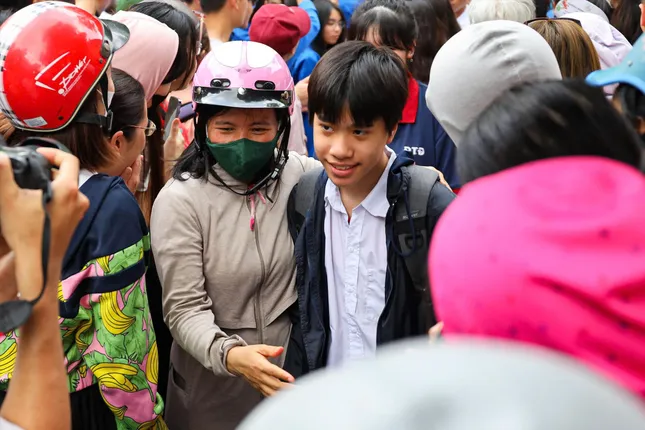 |
The companionship of parents is always a motivation and source of spiritual encouragement for each student. Photo: NGUYEN DUC |
“I think we should not orient and stream students based on numbers. We need to focus on the substance. Why do areas with good generaleducation quality like Hanoi and Ho Chi Minh City orient students to vocational training?” Mr. Ngoc expressed his concern. He said that Hanoi College of Electromechanics enrolls students in some localities like Cao Bang, the number of junior high school graduates going to vocational training is up to 60-70%. Or in Bac Ninh, where many industrial parks are concentrated, the rate of students branching out to vocational training is very high. Therefore, we should not impose a general figure on all localities.
Mr. Ngoc believes that the best way to streamline is for the province/city to have a database of job positions and job needs to develop the local socio-economy publicly (to guide students).
Along with that, the economic development policy of each locality and region will provide reliable human resource data in the short and long term to guide human resource development. This will be more realistic than the ratio of 40% or some other number.
“We should not “correct the flow” with specific numbers. We need to communicate the choice of learning methods and levels that best suit the students’ abilities and family economic conditions; we should not compete for indicators and targets. The State has a role in guiding the human resource needs of the locality and society,” said Dr. Dong Van Ngoc.
Dr. Le Viet Khuyen asked, from the data provided by the Ministry of Education and Training, why do 70-80% of junior high school graduates continue to high school, instead of going to vocational colleges? Because students have clearly seen that branching off from junior high school to go to vocational colleges is a dead end.
Dr. Nguyen Tung Lam, Chairman of the Board of Dinh Tien Hoang High School, Hanoi, assessed that it is necessary to stream students early. But it is very reluctant to give specific numbers such as 30% or 40%.
Mr. Lam believes that students have the right to choose a career and level of education based on their own and their family's needs.
The education sector and management agencies must respect this and must not orient or advise in an imposing manner. The 2018 general education program also identifies junior high school as the basic education stage and high school as the career orientation stage. However, the need to learn about careers and choose a career at a certain time in life is the student's right.
Voluntary, emotional
During the discussion session at the hall on the results of the implementation of the socio-economic development plan for 2024; the expected socio-economic development plan for 2025, at the 8th session of the 15th National Assembly, delegate Nguyen Van Manh (formerly Vinh Phuc) shared that every year, about 15% of junior high school graduates drop out of school to study vocational training, directly participate in the labor market and do not have stable jobs.
In fact, Mr. Manh assessed that the quality of vocational training for junior high school graduates is still low and the employment rate is not high. Mr. Manh suggested that the Government summarize and evaluate the implementation of Decision 522 (on streamlining after junior high school and high school) and find solutions.
He proposed reducing the rate of secondary school graduates going to vocational training (according to Decision 522, the goal by 2025 is for 40% of secondary school graduates to go to vocational training; in particularly difficult areas, it is 30%).
This is to create conditions for students to have equal rights to education and study in schools to develop comprehensively in thinking and physical health, avoid pressure, and reduce social evils caused by students due to not being fully educated in a pedagogical environment.
Dr. Le Viet Khuyen, Vice President of the Association of Vietnamese Universities and Colleges, acknowledged that the overall planning for human resource development (the decisive factor for the success or failure of the education and training development strategy at both the national and local levels) is being designed in a simplistic, arbitrary, rigid manner, with strong emotional imprints, lacking experience, and being unprofessional.
In most of those plans from national to local levels; planners often cannot visualize the human resource needs and human resource structure in each stage of the country's technological and modernization process.
When the problem of human resource development planning is unclear, "prescribing" a "prescription" approach will not produce a suitable education and training development strategy. In short, it will fall into a situation of "each person doing their own thing" and "each person doing their own thing".
Source: https://tienphong.vn/cao-bang-chi-tieu-khi-phan-luong-trong-giao-duc-post1758592.tpo


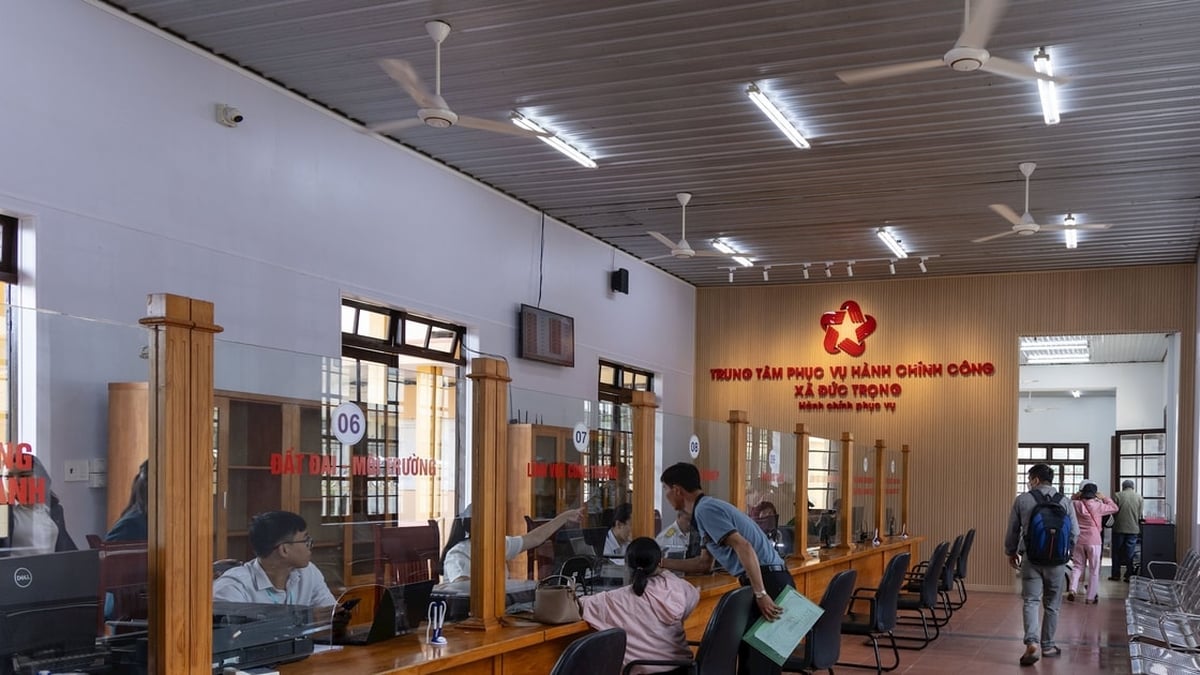
![[Podcast] No need to change passport or citizen identification when administrative boundaries change](https://vphoto.vietnam.vn/thumb/1200x675/vietnam/resource/IMAGE/2025/7/9/dfcd127b84b24a19a031801698c9a51f)

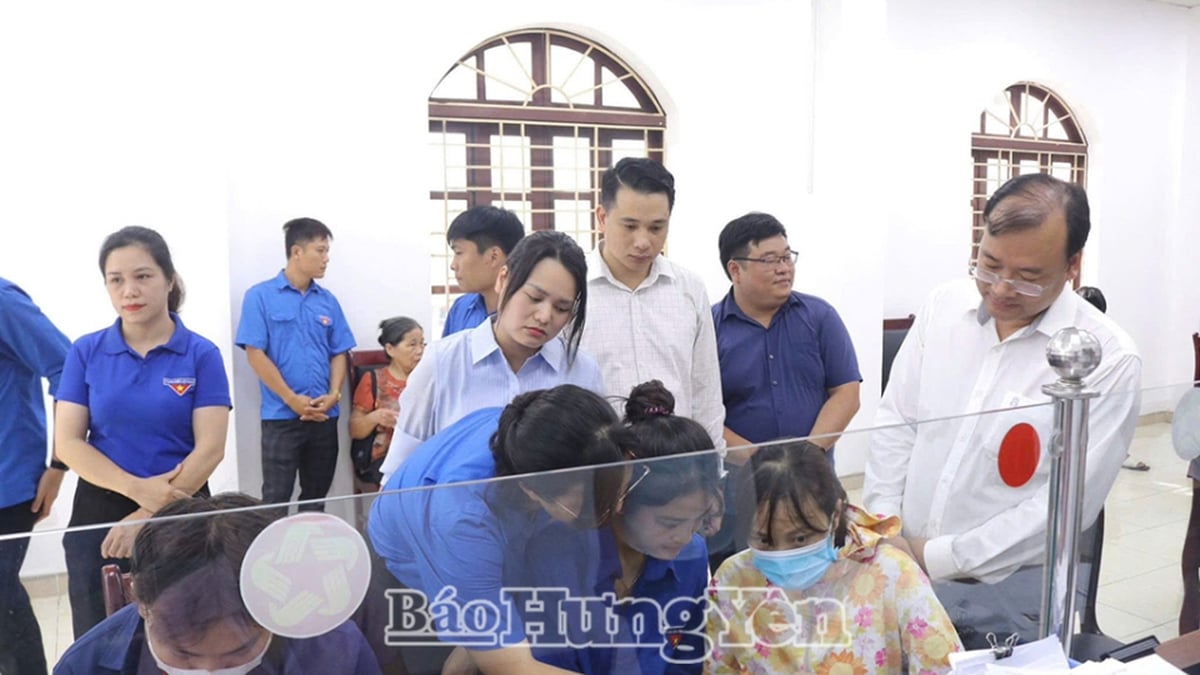




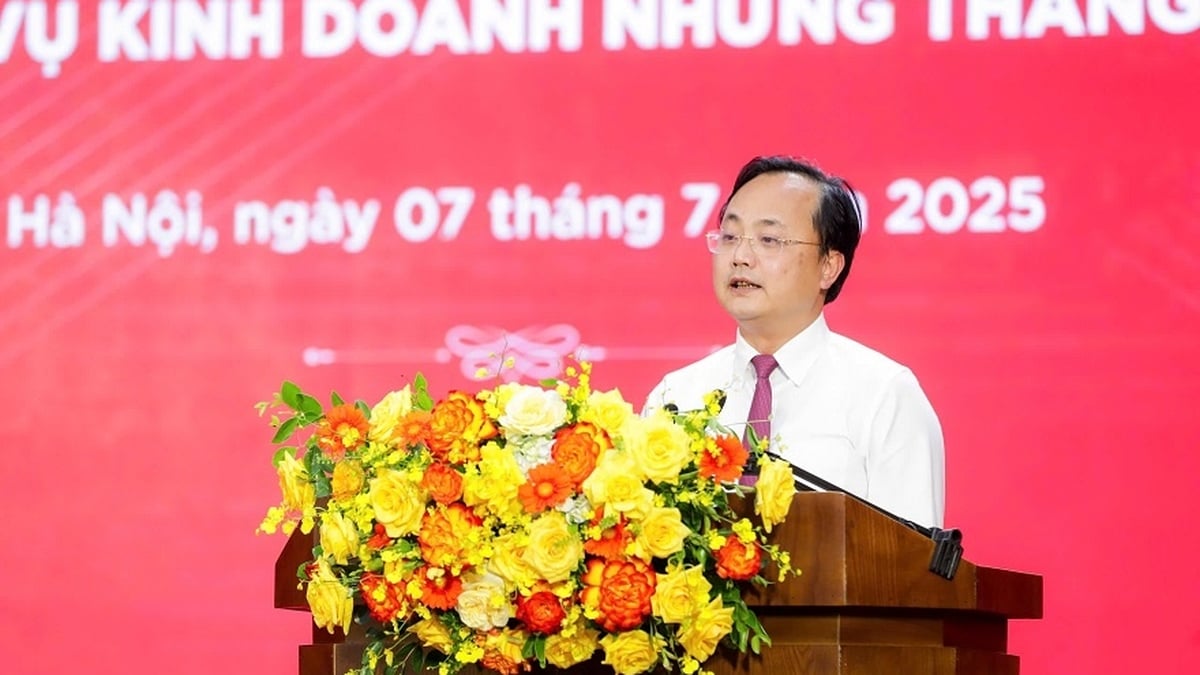















































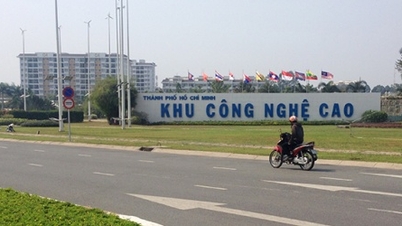


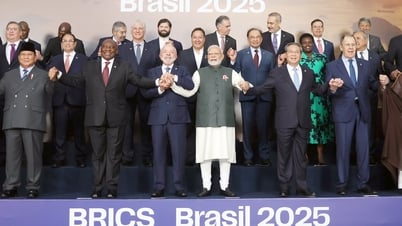

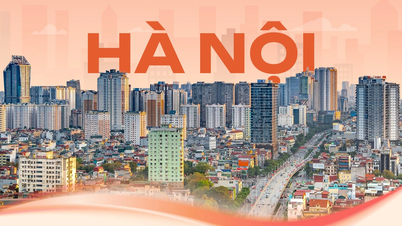

































Comment (0)